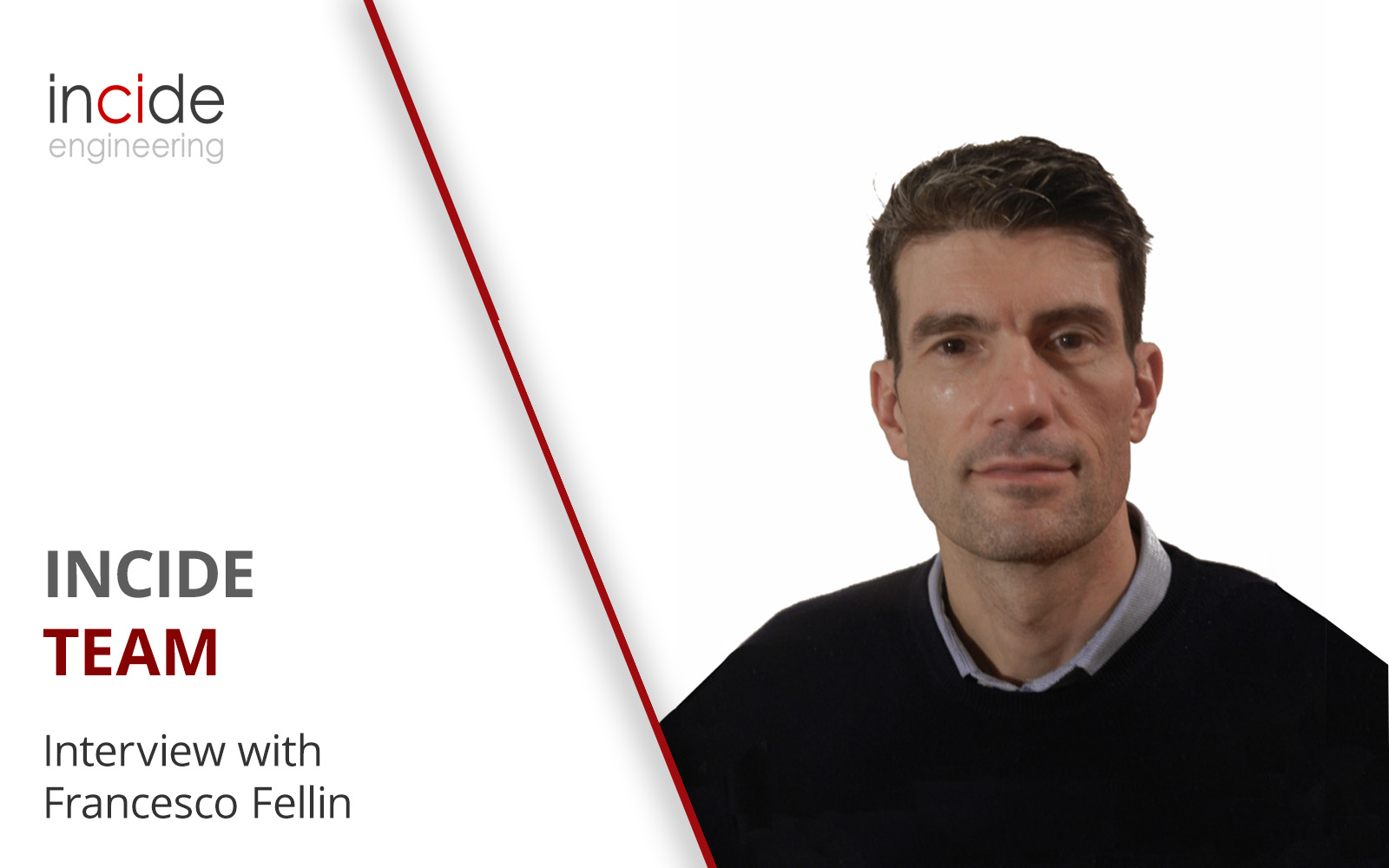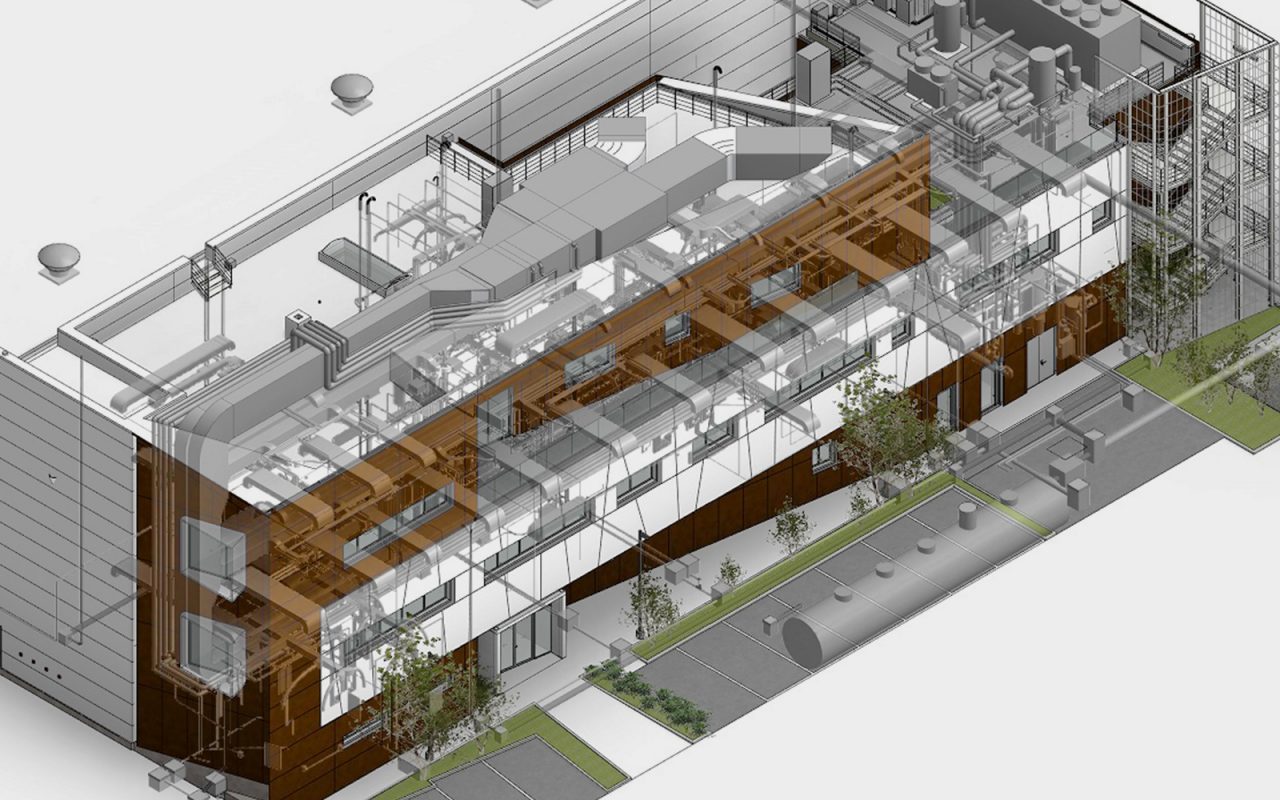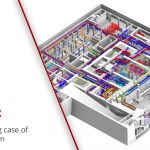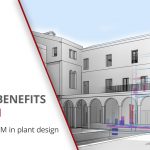It often takes courage, imagination and experimentation, but without forgetting the fundamentals of quality design
Francesco Fellin – Head of Mechanical Design in Incide Engineering, accompanies the discovery of his professional career, illustrating the elements necessary to accommodate the new needs of the client and the present of plant engineering.
What’s your background?
I come from industrial plant design, although I have a background in civil plant engineering; I consider myself lucky because in over twenty years of profession I have been able to be involved in projects of various sizes, from residential to hotel, from plant engineering for research laboratories to hospitals, up to the tertiary sector in its various forms. In addition, I have enriched my professional background with plant construction supervision and with the energy issue, which increasingly represents a key element in the winning design choices at the base of buildings and systems that are truly sustainable.
What’s your position in Incide?
I currently coordinate the group of mechanical plant engineers, trying to contribute with personal experience to the growth of everyone, myself included: you never stop learning!
How much does innovation affect plant design, and how in particular?
It’s well known that technology greatly influences our everyday life, continually bringing innovations; just think about what you can do today with a device that we all keep in our pockets. On the other hand, complexity increases exponentially: in the past the designer proposed the same solutions for the same areas, concentrating rather on sizing and calculations (today made much faster by the various tools at our disposal). Today, however, the designer is also called upon to correctly interpret the requests of the client, who are increasingly erudite on the subject, and to carefully discern what the market offers, seeking the most suitable solution for that particular application, with increasing attention to functional and maintenance aspects, to ease of use, to sustainability of the plant during construction and operation.
In my opinion, the constant search for a balance between the experience of past applications, which have given the desired results, and the experimentation of innovative solutions is necessary: all with imagination and sometimes courage, but without losing sight of the fundamentals of knowledge at the base of any good design.
What projects are you working on?
At first I followed some design competitions, to now concentrate on the plant redevelopment of two areas in airports; this experience allows me to try my hand in a new field, because it is a sector that I had not yet crossed in my professional past.
According to the fundamentals of BIM there are seven recognized “dimensions”. If you could choose an octave, what would it be and why?
I would say that integration should be dutifully mentioned: in an increasingly multidisciplinary reality, for which even in apparently simple and small projects it is necessary to turn to a large group of specialists, everyone must do his part but everyone must compete in harmony towards the final goal, which must be shared by all before starting to work on the project. The integration between the disciplines therefore takes place with the creation of a group of close-knit people who manage to make a square, each making their own unique and original contribution, for the benefit of the success of the whole. Sometimes it is tiring to listen to all the needs and to agree on the various points of view in a patient work of synthesis, but it is worth trying.
I must say that this is the air you breathe in this studio too, which in fact over the years has tried its hand at a great variety of projects in many different sectors, primarily for the benefit of those who work here: you never get bored and you learn continuously, growing professionally together.



